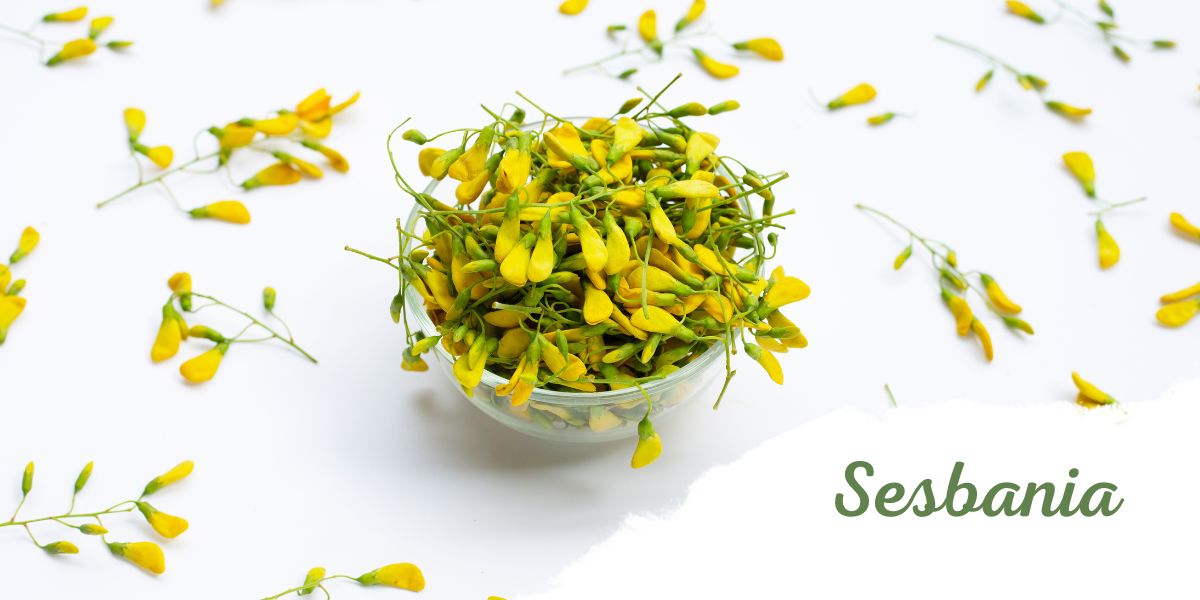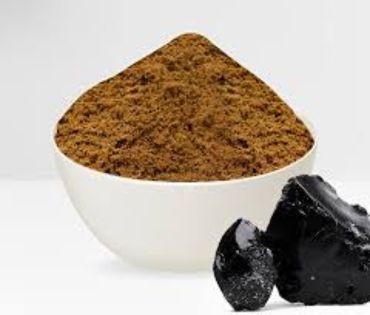What is Sesbania?
Sesbania, botanical name Sesbania grandiflora (Fabaceae), commonly known as Agati is a widely available, fast growing plant, generally popular for its medicinal use. It is native to Southeast Asia (Malaysia, Indonesia, Philippines, Brunei) to Northern Australia, and is cultivated in many parts of South India and Sri Lanka. It has many traditional uses, the plant has been used for the treatment of headache, in fever, as a tonic, in catarrh, as an astringent etc. The flowers of Sesbania grandiflora are edible and are often used to supplement meals.
Phytochemical Constituents
The all parts of plant Sesbania grandiflora contain a primary chemical constituent’s tannins, flavonoid, coumarone, steroids, triterpenes, alkaloids, etc. The flowers and leaves of the plant contain high quantity of vitamins majorly water soluble B vitamin i.e., Biotin and other minerals constituents. Three isoflavanoids, isovestitol, medicarpin, and sativan, along with another known compound, betulinic acid, were isolated from the root of Sesbania grandiflora.
Mechanism of Action
Biotin also acts as a coenzyme for multiple carboxylases in humans, and it changes the irreversible carboxylation of acetyl-CoA to malonyl-CoA. These enzymes are vital in numerous metabolic processes. Also, biotin have been acknowledged, in particular, the roles in cell signalling and epigenetic regulation. Biotin’s mechanism of action occurs by attaching to specific lysine residues. The side effects of ingesting too much biotin could include an upset stomach, although it remains a vitamin with very low side effects. Biotin uptake by human colonic epithelial is a carrier-mediated process. Vitamin B7 is a cofactor for three significant carboxylation reactions, which include the conversion of pyruvate to oxaloacetate, acetyl-CoA to malonyl-CoA, and propionyl-CoA to methylmalonyl-CoA. A carboxylase reaction includes the transfer of carbon with the assistance of biotin. Essentially these conversions assisted by biotin break down food into glucose, the primary carbohydrate source for the brain and body.
Clinical Evidence:
- Antioxidant and cardio protective effect:
The plant Sesbania grandiflora was studied for the cardio protective activity against cigarette smoke induced oxidative damage in rats. Male wistar-kyoto rats was placed in cigarette smoke for 90 days and then treated with Sesbania grandiflora aqueous extract. The dose required is 1000mg/kg g body weight per day orally. The testing is for 3 weeks. Sesbania grandiflora plant protects the heart from the oxidative damage through its antioxidant potential. -
Antibacterial activity:
The plant Sesbania grandiflora shows antibacterial activity. The Aqueous, methanol and hydro-acetone extractions of leaves, stems, granules, pods of fruit and roots of the plant shows antibacterial activity by extracting of total phenols, flavonoid and tannins. -
Wound healing activity:
The plant Sesbania grandiflora studied for wound healing activity of methanol extract of bark had been estimated by using Wister albino rats wound model. The dose required for significant wound healing activity was 10% w/w. when compared to standard 1% framycetin Sulphate. In results it was confirmed that methanol extract of Sesbania grandiflora bark showed significant wound healing activity. - Antiulcer activity:
Sesbania grandiflora plant prevented acute gastric: injury in rats by using ethanolic extract of bark. The dose is used for activity was 36.75mg/kg (p.o).When the doses used, the animals had no depressive, excitatory or sleepiness symptoms it was suggesting that probably centrally acting components which contains in anti-ulcer action are not found in the extract. The results show that plant Sesbania grandiflora had antiulcer potential.
Safety
- Sesbania extract has most often been used by adults at a dose of 250 and 500 mg/kg per day, for up to 3 month.
- Safe to use as recommened by concerning person for long.
Uses:
- Healthy hair growth and stronger hair: It improves blood circulation in the scalp for healthy follicles.
- High blood pressure: It helps to maintain blood pressure.
- Digestion process: It works as a digestive tonic and treat indigestion, heartburn, abdominal pain, etc.
- Laxative: It treats constipation caused by painful and difficult bowel movements.
- Antibacterial and antiviral: It kills harmful bacteria and virus that causes infection in the body.
- Detoxifier: It helps to treat intermittent fever by working on the root cause.
- Female health: It help to maintain female health and elevate female reproductive health.





